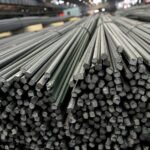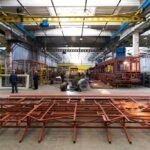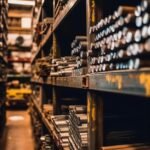What Investors Need to Know About EPCF Contracts in Solar Projects
As solar energy continues to dominate the renewable energy transition, investors are increasingly drawn to utility-scale solar projects that promise reliable returns and long-term sustainability. Among the leading strategies emerging for structured investments is the EPCF model—Engineering, Procurement, Construction, and Financing. At Steelbridge Export, we’ve seen firsthand how EPCF structures offer a smarter, risk-reduced pathway to energy infrastructure development, particularly in regions like the Middle East, where solar potential is vast and rapidly expanding.
This in-depth article explores why the EPCF model has become a preferred choice for institutional and private investors in solar panel investment in the Middle East, and how understanding its mechanics can help unlock lucrative, low-risk opportunities.
What Is an EPCF Contract?
At its core, an EPCF contract brings together four vital pillars of solar project development under one agreement:
-
Engineering: Site assessment, solar system design, and grid integration planning
-
Procurement: Strategic sourcing of modules, inverters, copper wiring, batteries, and structures
-
Construction: On-site execution, installation, grid-tie operations, and inspections
-
Financing: Structured capital from international banks, export credit agencies, or government-backed institutions
Unlike traditional EPC models, which leave investors responsible for arranging financing, the epcf model integrates funding into the contract from day one. This all-in-one approach simplifies project management, aligns stakeholder incentives, and most importantly—reduces investor risk.
EPCF Model: A Smart Strategy for Solar Panel Investment in the Middle East
The Middle East has emerged as one of the most dynamic regions for solar panel investment, driven by high solar irradiance, supportive government policies, and ambitious clean energy targets. But success in this region requires more than technology—it demands financial and operational precision.
The epcf model excels in this regard, offering:
-
End-to-end control for predictable costs
-
Optimized logistics for equipment and copper supply
-
Efficient timelines to reduce time-to-revenue
-
Turnkey execution tailored for the challenges of desert environments
Investors find peace of mind knowing that from design to power-on, a single EPCF contractor is responsible for delivering the entire project.
 Risk Mitigation through EPCF Integration
Risk Mitigation through EPCF Integration
From currency fluctuations to supply chain delays, solar investments often carry hidden risks. The epcf model minimizes these through pre-structured agreements that factor in:
-
Fixed procurement pricing (especially for copper and rare earth components)
-
Localized labor and logistics planning
-
Built-in contingency plans for regulatory or permitting delays
By bundling responsibilities, the model shifts much of the operational risk from the investor to the EPCF contractor. This results in greater clarity on ROI projections and fewer unexpected cost escalations.
Financing as a Built-In Component
A key differentiator of the epcf model is embedded financing. In regions like the Middle East, where access to structured capital isn’t always straightforward, EPCF contracts include financing secured through:
-
Export credit agencies
-
International development banks
-
Private sector infrastructure funds
This alignment between financial and technical execution enables more solar projects to reach financial close—and faster. For the investor, this means fewer delays, simplified due diligence, and bankable revenue models.
Importance of Copper Export and Global Supply Chain
Copper is one of the most critical raw materials in solar installations. From wiring to grounding, the reliability and efficiency of solar projects hinge on timely and high-quality copper supply.
Today, the Copper export and global supply chain is strained by:
-
Geopolitical conflicts
-
Regulatory restrictions
-
Increased global demand from electric vehicles and grids
The epcf model accounts for these pressures by enabling EPCF contractors to pre-purchase and hedge key materials. This is especially important for solar panel investment in the Middle East, where supply chain disruptions can be more acute due to import dependencies.
Long-Term Performance Guarantees
EPCF isn’t just about building a solar farm—it’s about ensuring it performs optimally over decades. Most EPCF contracts include post-construction services such as:
-
Annual performance benchmarks
-
Operation & Maintenance (O&M) agreements
-
Remote performance monitoring
These guarantees offer assurance to investors that their asset will generate revenue as projected, reducing the fear of underperformance or early obsolescence.
Government Alignment and Public-Private Synergies
Governments across the Gulf Cooperation Council (GCC), North Africa, and Asia are adopting the epcf model to implement public solar programs. This public-private synergy is unlocking tremendous opportunities for investors in:
-
Clean energy tenders
-
Rural electrification projects
-
Urban infrastructure modernization
These programs often come with sovereign guarantees, further de-risking investment and encouraging foreign participation.
What Investors Should Evaluate in an EPCF Partner
Choosing the right EPCF contractor is as critical as selecting the market. Investors should seek:
-
Regional experience: Deep familiarity with Middle Eastern regulatory, climate, and construction conditions
-
Proven copper supply chain management: To offset risks from global volatility
-
Strong financial credibility: Access to trusted capital sources
-
Operational transparency: Clearly defined KPIs and performance reporting tools
At Steelbridge Export, we connect investors with EPCF partners who meet these criteria, ensuring project success from pre-feasibility to long-term maintenance.
The Middle East: A Magnet for Clean Energy Capital
Driven by national strategies such as Saudi Arabia’s Vision 2030 and the UAE’s Net Zero 2050 Initiative, the Middle East is targeting gigawatts of solar capacity over the next decade.
With:
-
Low land costs
-
High solar radiation
-
Strong political will
…the region presents unparalleled upside for solar panel investment. When combined with the epcf model, investors gain a powerful tool to scale efficiently and securely.
A Case in Point: 120 MW EPCF Solar Plant
A landmark 120 MW project in Oman, developed with an EPCF contract through Steelbridge Export, showcases the advantages:
-
Fully financed by an export credit agency
-
Copper procurement secured before construction
-
Project delivered 4 months ahead of schedule
-
15-year O&M built into the contract
This model exemplifies how solar panel investment in Middle East markets can thrive under the epcf model.
Final Thoughts: EPCF as a Pathway to Scalable, Sustainable Returns
For institutional investors, family offices, and energy funds, understanding the EPCF model is now essential. It isn’t just a construction method—it’s a holistic delivery and investment platform.
With benefits including:
-
Built-in financing
-
De-risked timelines
-
Copper supply chain stability
-
Long-term operational support
the epcf model enables smarter investment in solar infrastructure. Whether it’s a 10 MW rural electrification plant or a 500 MW national grid project, EPCF brings structure, scalability, and security.
Steelbridge Export remains a strategic partner for investors ready to engage in solar panel investment in Middle East markets using proven EPCF methodology.
To learn more about turnkey EPCF opportunities in solar infrastructure, visit epcpower.


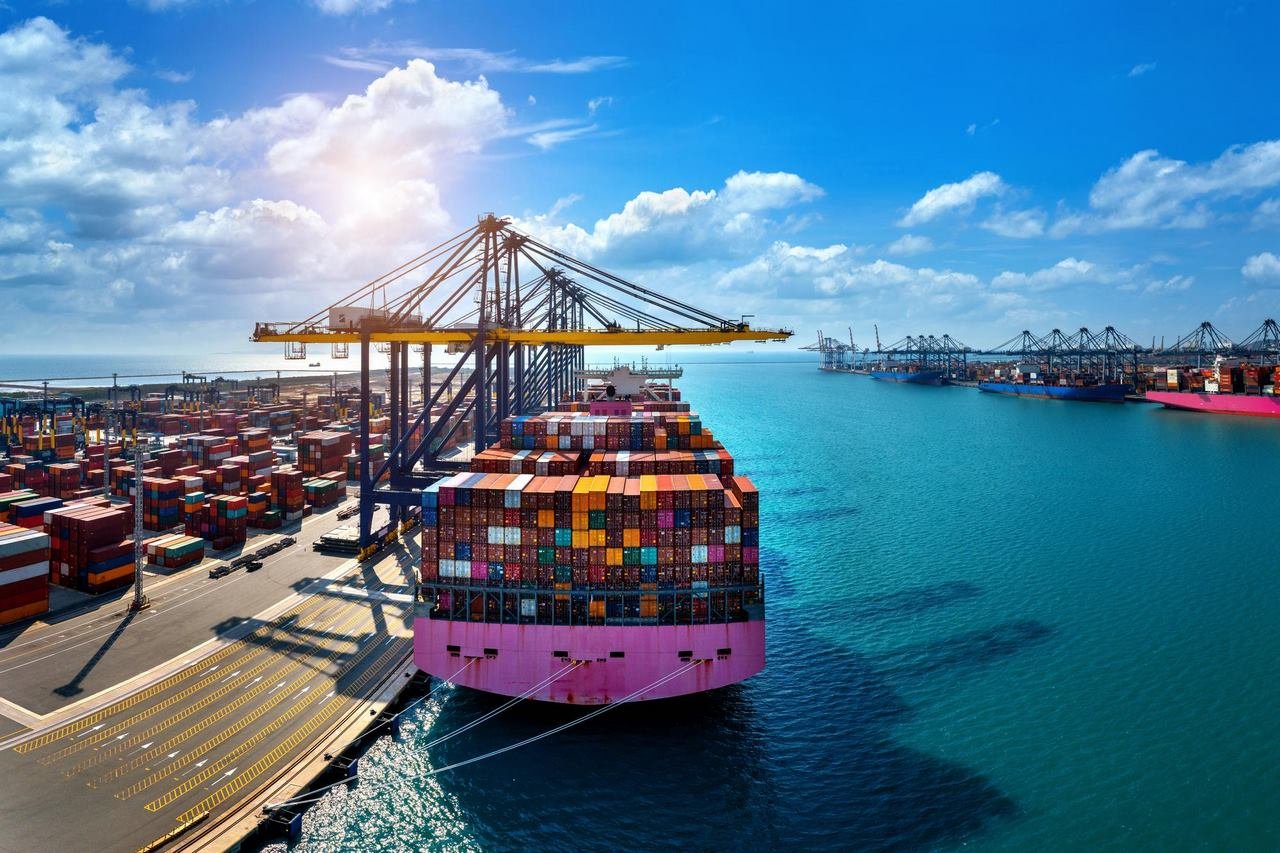
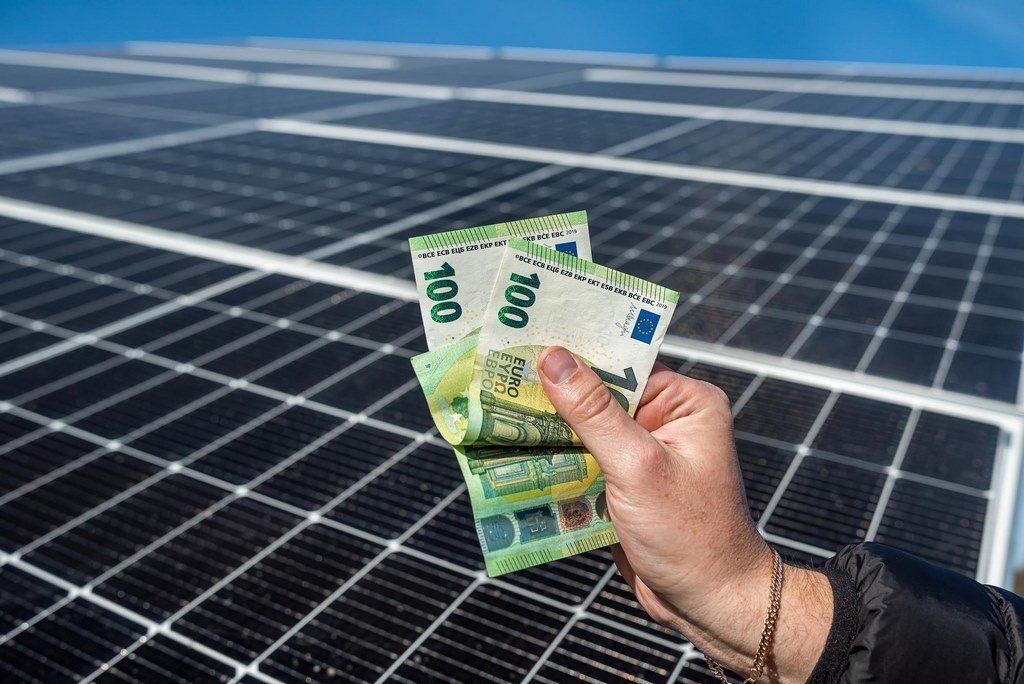
 Risk Mitigation through EPCF Integration
Risk Mitigation through EPCF Integration